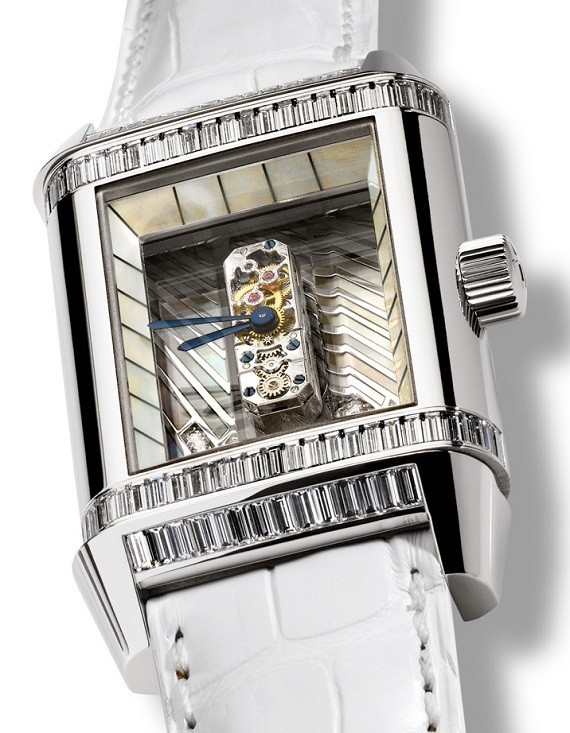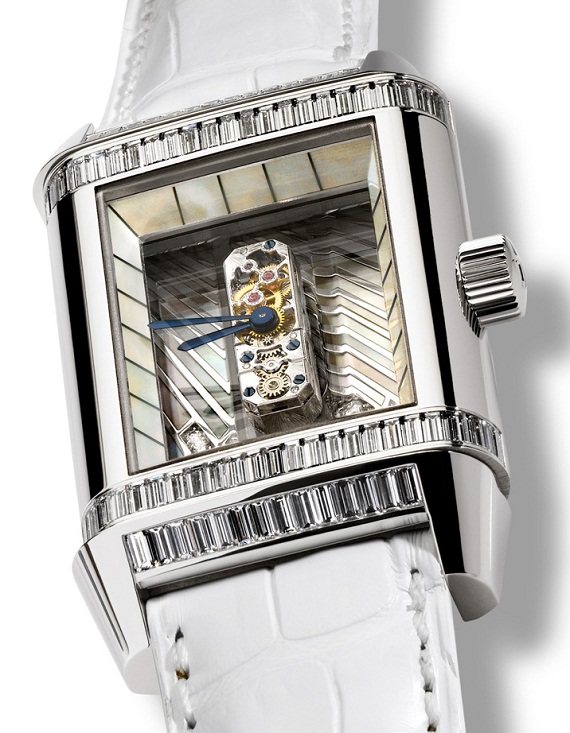 Please enjoy the original article below by established watch writer Meehna Goldsmith. From magazines, to the freer writing form of the web, she is a knowledgeable watch junkie who knows high-end pieces. She contributes to publications such as Robb Report, International Watch, Watch Journal, among others, as well as aBlogtoRead.com. You can visit her on her website www.meehnagoldsmith.com.
Please enjoy the original article below by established watch writer Meehna Goldsmith. From magazines, to the freer writing form of the web, she is a knowledgeable watch junkie who knows high-end pieces. She contributes to publications such as Robb Report, International Watch, Watch Journal, among others, as well as aBlogtoRead.com. You can visit her on her website www.meehnagoldsmith.com.
For those stateside, the year 1929 holds dark memories of the disastrous plunge of the U.S. stock market. However, across the world in the Swiss workshops of Jaeger LeCoultre, the year 1929 is a cause for celebration: it marks the birthday of the iconic Calibre 101.
At its debut, the Calibre 101 set the record for the world’s smallest movement and 81 years later in 2010, it still holds this honor [Ed. Note: check out another article here discussing the life of the Calibre 101 movement]. When you think about all the patents and record-breaking feats announced every year in the world of horology, holding this distinction for such a long time is even more remarkable.
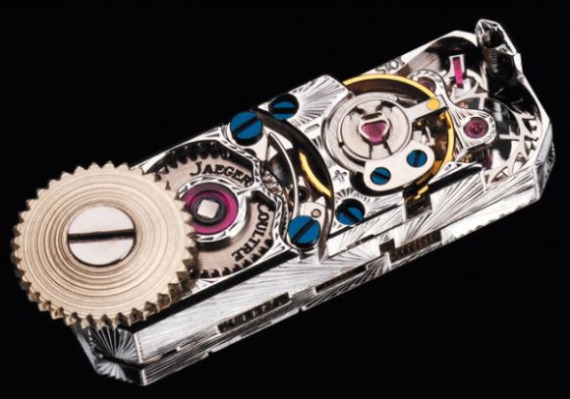
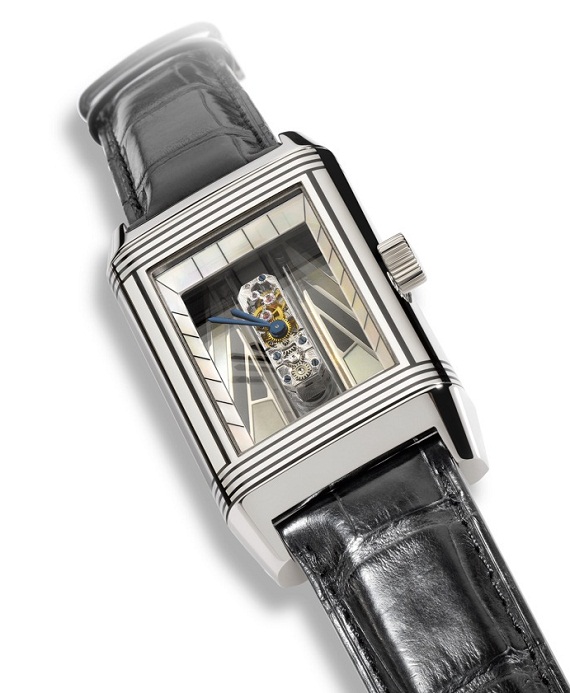
The movement contains 98 parts tucked into a space of 14 x 4.8 x 3.4mm and weighs just 1 gram! In the blown up pictures, you can appreciate the amazing detailed engraving work but lose the scale. To give you an idea, the whole mechanism is smaller than the tip of a sharpened pencil. It would seem a team of Lilliputians from Jonathan Swift’s satiric tale would be the perfect craftspeople to work in such a tiny space. But alas, they are busy warring with their neighbors in Blefusco.
Such is the difficulty in working on the Calibre 101 that only a handful of watchmakers have fully mastered the techniques required. What I really like about the Calibre 101 is that by necessity each part has to be tailor-made and adjusted, making each one of the movements a handcrafted piece unique. And, though the movement isn’t a limited edition in the strictest sense, the production is certainly limited, with only 50 able to be made each year.
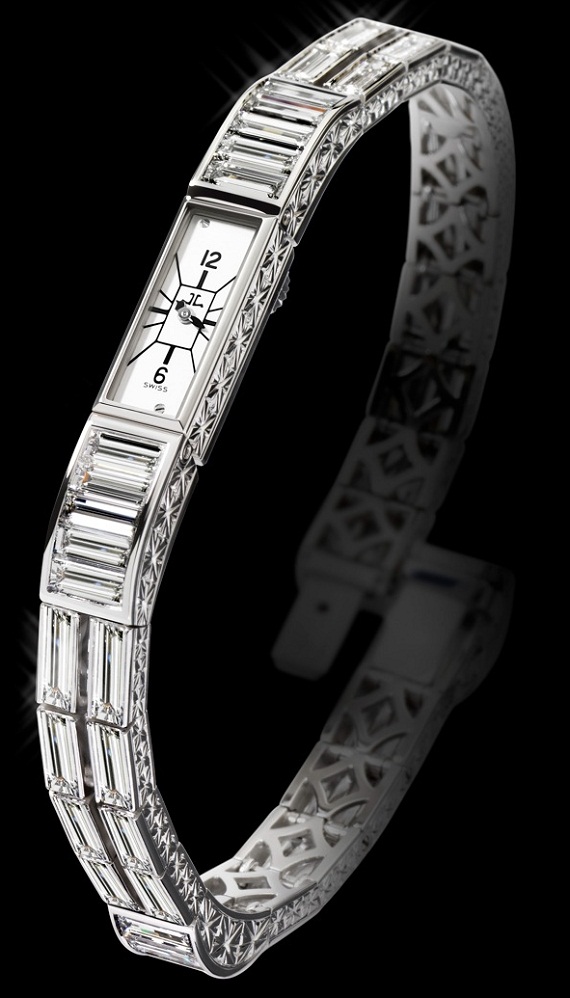
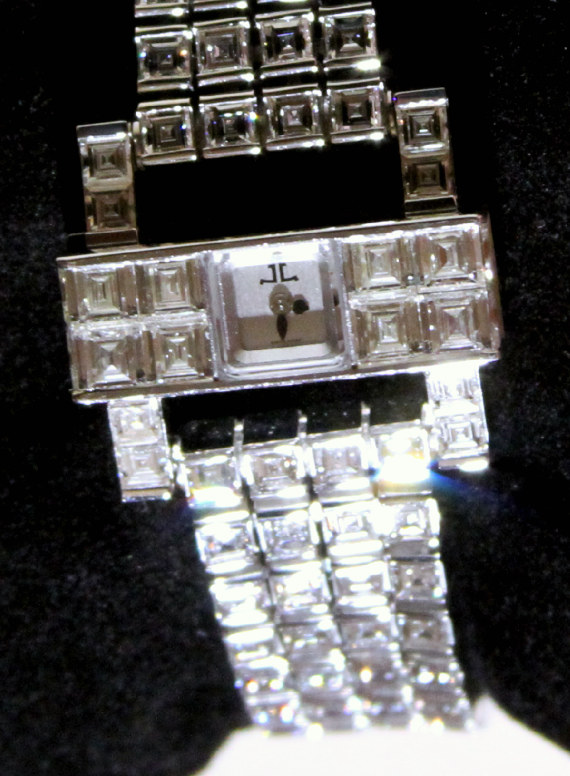
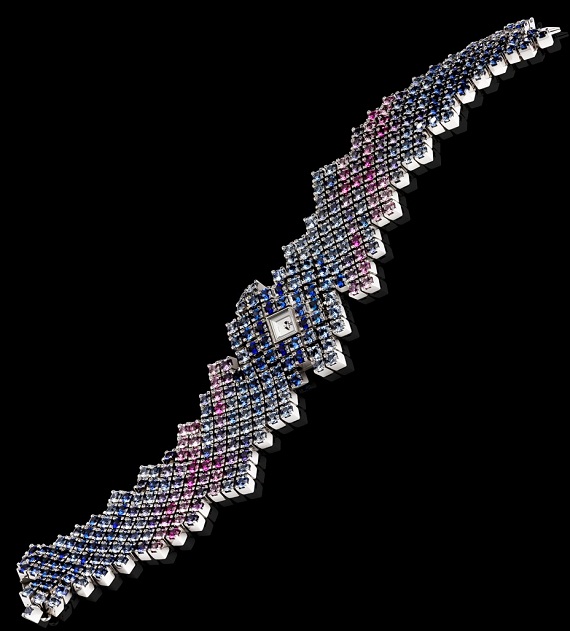
For history buffs, the Duoplan movement, which first hit the scene in 1924, is the precursor of the Calibre 101. During this time, pocket watches were giving way to the modern style of wristwatches. But miniaturization often caused problems with reliability. With the Duoplan, JLC proved that a smaller, compact, and more feminine design didn’t have to compromise technical soundness. In addition, the new shape of the watch, called the “baguette” for its resemblance to a loaf of French bread, opened up new possibilities for timepieces beyond the typically round shapes.
Further research and miniaturizing of the Duoplan resulted in the development of the Calibre 101. If I were to describe the personality of the movement, I’d say it’s coquettish, complicated and yet completely reliable and extremely desirable. Yep, a perfect engine for a ladies watch. It wouldn’t be hyperbole to say that the Calibre 101 is a watch fit for a queen. In fact, Elizabeth II looped one round her royal wrist on her coronation day in 1953.
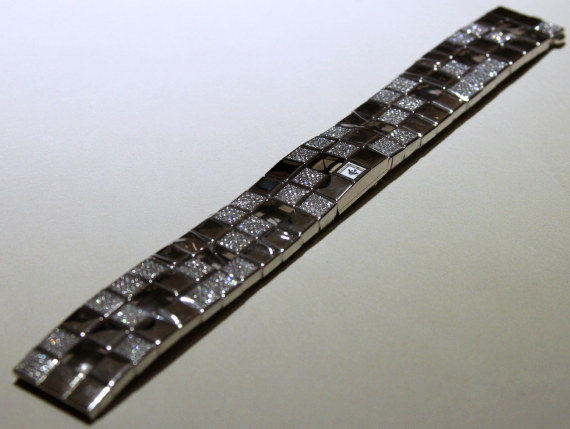
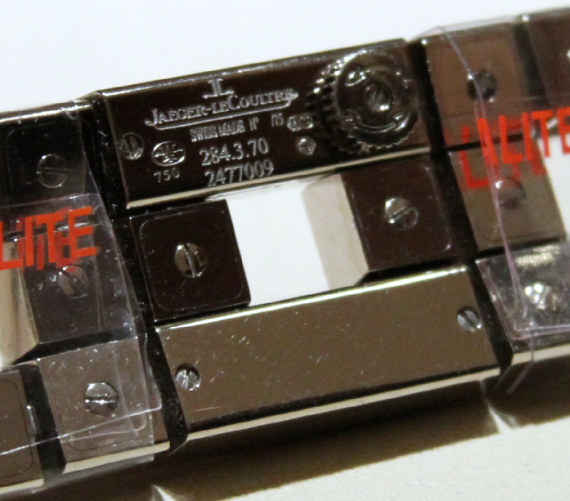
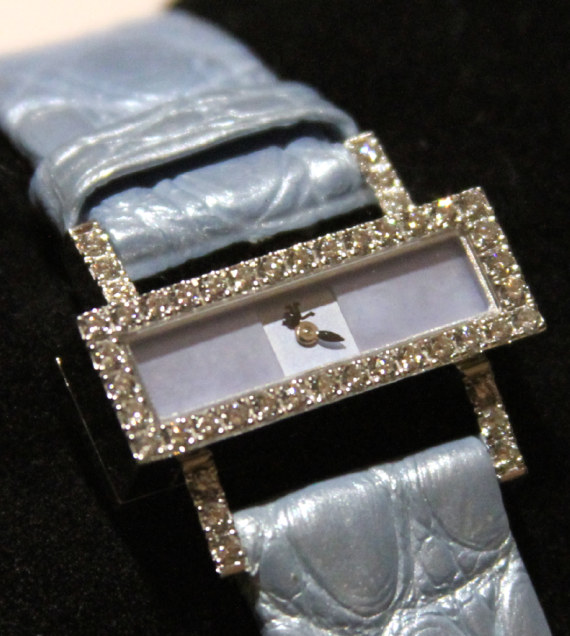
Through the years, the movement has provided a versatile element within the artistic formations of the watches it powers. Last year, for 80th anniversary of the Calibre 101, Jaeger LeCoultre introduced five new Haute Joaillerie models at the Venice Film Festival, issued in either a series of three or five.
Four of the five are ladies watches adorned with a variety of gems and settings that allow JLC to strut their stuff as a fully integrated manufacture that not only makes their own components but also includes a jewelry department. Truth be told it’s a tad difficult [Ed. Note: just a tad?] to catch the time at a glance due to the size of the face and hands, but honestly who cares?
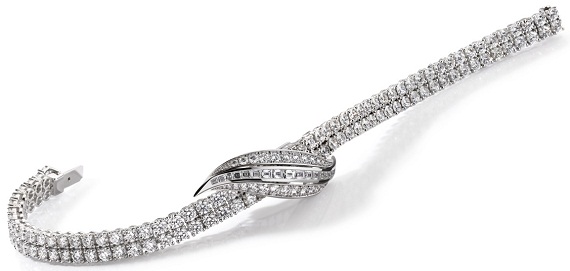
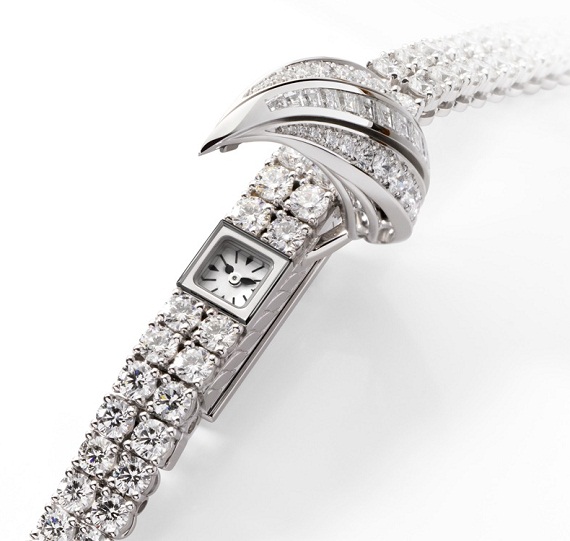
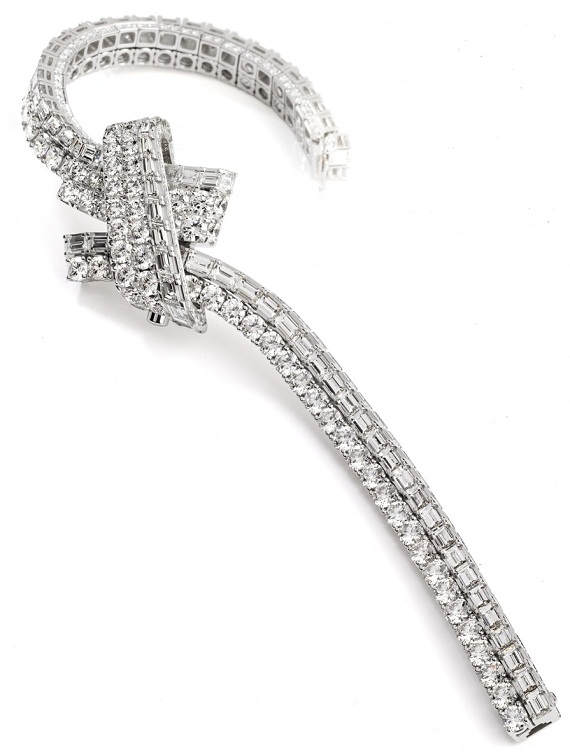
JLC made a great decision by choosing to showcase the Calibre 101 in a Grande Reverso platform, a juxtaposition of the tiniest movement in one of the brand’s largest cases. The movement looks like a lovely floating picture on the wrist. In this rendition, it’s also much easier to tell the time.
Not to forget the men, JLC styled a Grande Reverso Calibre 101 with virile energy, using onyx and mother-of-pearl against a geometrical backdrop, and accenting the case with a rugged etching.
Even after 81 years, the Calibre 101 continues to be a micromechanical wonder, retaining a freshness and beauty in modern times while hearkening back to an earlier era.

